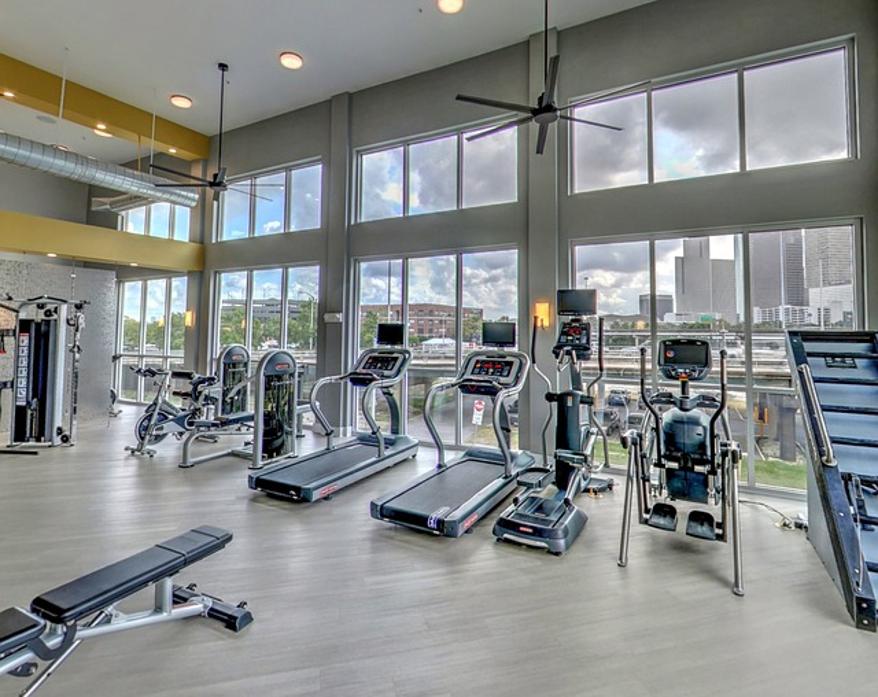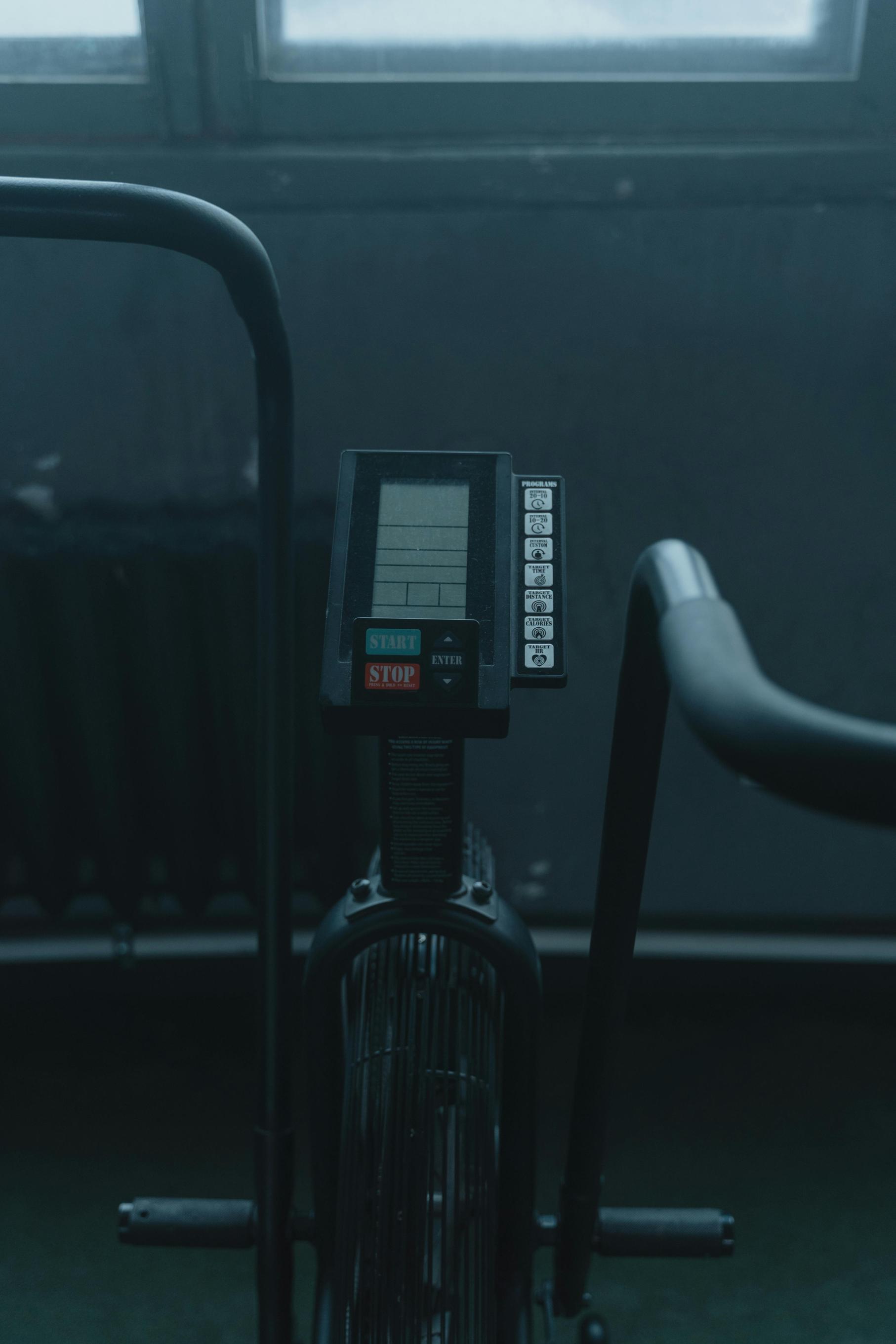Introduction
Choosing between an exercise bike and a treadmill can be challenging, especially when each offers unique advantages. While some people prefer the low-impact workout of a bike, others might enjoy the vigorous challenge provided by a treadmill. Both machines serve the purpose of enhancing cardiovascular health, aiding in weight loss, and improving overall fitness levels. However, understanding their distinct features, benefits, and practical considerations can help you make an informed decision.

Overview of Exercise Bikes and Treadmills
To make an informed comparison, it’s essential first to understand what each machine brings to the table.
Understanding Exercise Bikes
Exercise bikes come in various types, including upright, recumbent, and spin bikes. They are known for providing a low-impact form of exercise that’s gentle on the joints. This makes them suitable for various fitness levels, from beginners to seasoned athletes. Exercise bikes often include adjustable resistance levels, allowing users to control the intensity of their workouts.
Understanding Treadmills
Treadmills offer a versatile solution for walking, jogging, and running indoors. They typically feature adjustable speeds and inclines, which provide an excellent avenue for cardiovascular exercise. Many treadmills come with pre-set workout programs to guide users through different fitness routines, making them a popular choice for those aiming to improve their endurance and stamina.
Health and Fitness Benefits
When it comes to health and fitness, both exercise bikes and treadmills offer substantial benefits.
Cardiovascular Health
Both machines excel at boosting cardiovascular health by increasing heart rate and enhancing circulation. Regular use of either equipment can significantly reduce the risk of heart disease, hypertension, and other cardiovascular conditions.
Weight Loss and Calorie Burn
Treadmills generally have the edge in calorie burn, especially when utilized for running or high-intensity interval training (HIIT). An average session on the treadmill can burn between 600-1200 calories per hour. However, exercise bikes also offer effective calorie-burning workouts, burning roughly 400-1000 calories per hour, depending on the workout intensity and duration.
Muscle Targeting
Exercise bikes primarily target the lower body muscles, including the quadriceps, hamstrings, and calves. Some bikes also engage the upper body, offering a full-body workout. Treadmills, on the other hand, focus on the lower body but also engage core muscles through stabilization during running or walking.

Types and Features
Understanding the types and features of each machine can further aid in making an informed decision.
Types of Exercise Bikes
- Upright Bikes: Mimic the traditional bicycle experience, suitable for a variety of workouts.
- Recumbent Bikes: Provide more support for the back and are ideal for users with joint issues.
- Spin Bikes: Offer high-intensity workouts similar to outdoor cycling.
Features to Look for in Exercise Bikes
- Resistance Levels: Adjustable resistance allows for customizable workouts.
- Comfort: Look for padded seats and adjustable handlebars.
- Display Console: Monitors for tracking speed, distance, and calories burned.
Types of Treadmills
- Manual Treadmills: Cost-effective, powered by the user’s movement.
- Motorized Treadmills: Feature adjustable speeds and incline settings.
- Folding Treadmills: Space-saving models that can be stored away easily.
Features to Look for in Treadmills
- Motor Power: A stronger motor can support higher speeds and user weights.
- Incline Settings: Adjustable inclines provide variable workout intensities.
- Shock Absorption: To reduce impact on the joints.
Practical Considerations
Beyond health benefits and features, practical aspects like space, cost, and maintenance also play a crucial role in the decision-making process.
Space and Portability
Exercise bikes, especially upright and spin types, require less space compared to treadmills. Recumbent bikes, however, can be bulkier due to their extended frame. Treadmills take up more room but many models come with a folding feature to save space when not in use.
Cost Comparison
Generally, exercise bikes are more affordable than treadmills. While high-end models of either machine offer advanced features, an entry-level exercise bike is cheaper compared to an entry-level treadmill. This can be a significant factor for budget-conscious buyers.
Maintenance and Durability
Treadmills usually require more maintenance, particularly the belt and motor parts that can wear out over time. Exercise bikes tend to be more durable and low-maintenance since they have fewer moving parts.
User Experience and Comfort
The user experience is a vital consideration when choosing between an exercise bike and a treadmill.
Impact on Joints
Exercise bikes are inherently low-impact, making them an excellent option for individuals with joint issues or those recovering from injuries. Treadmills can be harder on the joints, especially when used for running, although many models feature shock-absorbing decks to mitigate this problem.
User Comfort
Comfort can vary significantly between the two machines. Exercise bikes generally offer more seated comfort, especially recumbent models, which have ergonomic back support. Treadmills, depending on the model and cushioning, can also offer a comfortable running experience, but the user remains standing throughout the workout.
Safety Features
Both exercise bikes and treadmills come with various safety features. Bikes often include straps on pedals and secure seating positions to minimize injury risk. Treadmills usually feature safety keys and auto-stop functions in case of unforeseen incidents.
Versatility and Customization
The versatility and customization options of each machine can enhance the overall workout experience.
Exercise Bike Workouts
Exercise bikes offer a range of workout routines from steady-state cycling to high-intensity interval training (HIIT). Spin classes are popular and can be performed on certain bike models.
Treadmill Workouts
Treadmills provide various workout programs, from walking and jogging to sprint intervals and hill climbs, thanks to the adjustable speed and incline settings.
Customization Options
Both machines come with varying customization options. Exercise bikes often allow users to adjust seat height, handlebar positions, and resistance levels. Treadmills offer speed control, incline adjustments, and personalized workout programs.

Conclusion
Deciding between an exercise bike and a treadmill requires consideration of various factors, including health benefits, types, features, and practical aspects like space and cost. Both machines offer substantial advantages for cardiovascular health, weight loss, and muscle targeting. However, the final choice depends on personal preferences, specific fitness goals, and individual needs.
Frequently Asked Questions
What burns more calories: exercise bike or treadmill?
Treadmills generally burn more calories, especially when used for running or high-intensity workouts. However, both machines offer effective calorie-burning workouts, depending on the intensity and duration.
Which is better for beginners: exercise bike or treadmill?
Exercise bikes are often better for beginners as they provide a low-impact workout. Treadmills, with proper settings, can also be suitable but may require careful speed and incline adjustments.
Can I lose belly fat using an exercise bike or treadmill?
Yes, both machines can help you lose belly fat through regular, high-intensity workouts combined with a balanced diet. Cardio activities on either machine contribute to overall fat loss, including the belly area.
